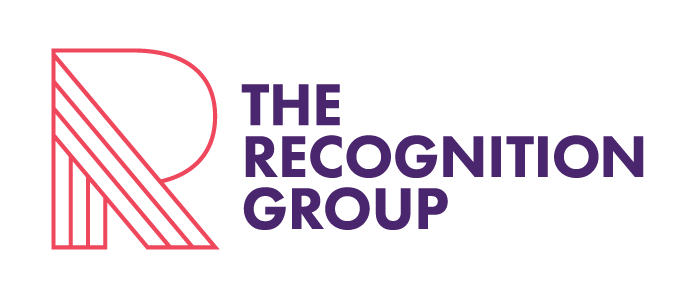Cost-effective marketing for long-term business continuity
During uncertain times organisations tend to look closely at budgets to identify ways to cut costs, and marketing budgets are often the first ones on the chopping block. By contrast, the organisations that tend to emerge strongly from downturns are those that have invested pragmatically in innovation.
Cutting your marketing activity as a short-term solution may have unintended long-term consequences.
By letting your marketing channels go quiet, your opportunity to engage with prospects will be limited. Your audience may instead turn to competitors that are actively communicating they’re still open for business.
Even if you aren’t looking to engage new customers, it is critical to communicate regularly with your existing client base to prevent future business loss.
Here are three cost-effective marketing tips for ensuring business continuity:
1. Focus on your existing customers’ needs
There’s no point pushing sales messages that aren’t going to resonate with your customers. It’s important to adapt the call to action to reflect that you understand what your customers might be experiencing at the moment.
For example, if they aren’t interested in purchasing new products right now, they may benefit from additional training and support services. Many organisations are providing online courses for free to boost brand engagement, as well as build awareness for the future. Offering online training, with how to videos and downloadable support materials, may help them use their existing products more effectively. If you’re facing time or budget constraints, consider repurposing existing training material rather than creating new content.
Continue using your existing channels for engagement. If you would normally send your customers a monthly eDM, make sure you don’t drop this activity, even if the call to action has changed.
2. Embrace digital strategies
An extraordinary number of people are now working remotely which means now is the time to leverage digital strategies and make the most of the online audience. Here are some ideas:
Consider using social media advertising for promoting visual messages and sharing content such as eBooks, white papers and tip sheets.
Use Google Ads to target individual searchers looking for specific industry solutions.
Host a webinar and send out personalised invitations on a mass scale via social media.
Continue sending regular eDMs to your customers and prospects to reassure them you’re still operating as per usual.
Develop a campaign-specific landing page to highlight new solutions and services that you’re developing in response to COVID-19.
Delivering a clear, consistent message across multiple digital touch points will keep your business relevant and top-of-mind.
3. Provide content of real value
Many businesses understand the need to continue marketing, but not all have the resources to develop new content that reflects a changing business landscape. While repurposing product-centric content is adequate for training purposes, it may not effectively describe the value your organisation can provide in the current circumstances.
Make sure you create content that is informative, engaging, and reflects your organisation’s expertise and ability to adapt.
If your communications team is already stretched thin, consider outsourcing the development of this content to a marketing agency. The right agency will offer professional copywriters and a graphic design team to write and design industry leading content, as well as a marketing team to help you disseminate the message across multiple digital platforms.
Importantly, an outsourced marketing team can also be scaled up and down as activities dictate, meaning you’re in full control of your marketing spend.
To find out how we can help, contact us today.
